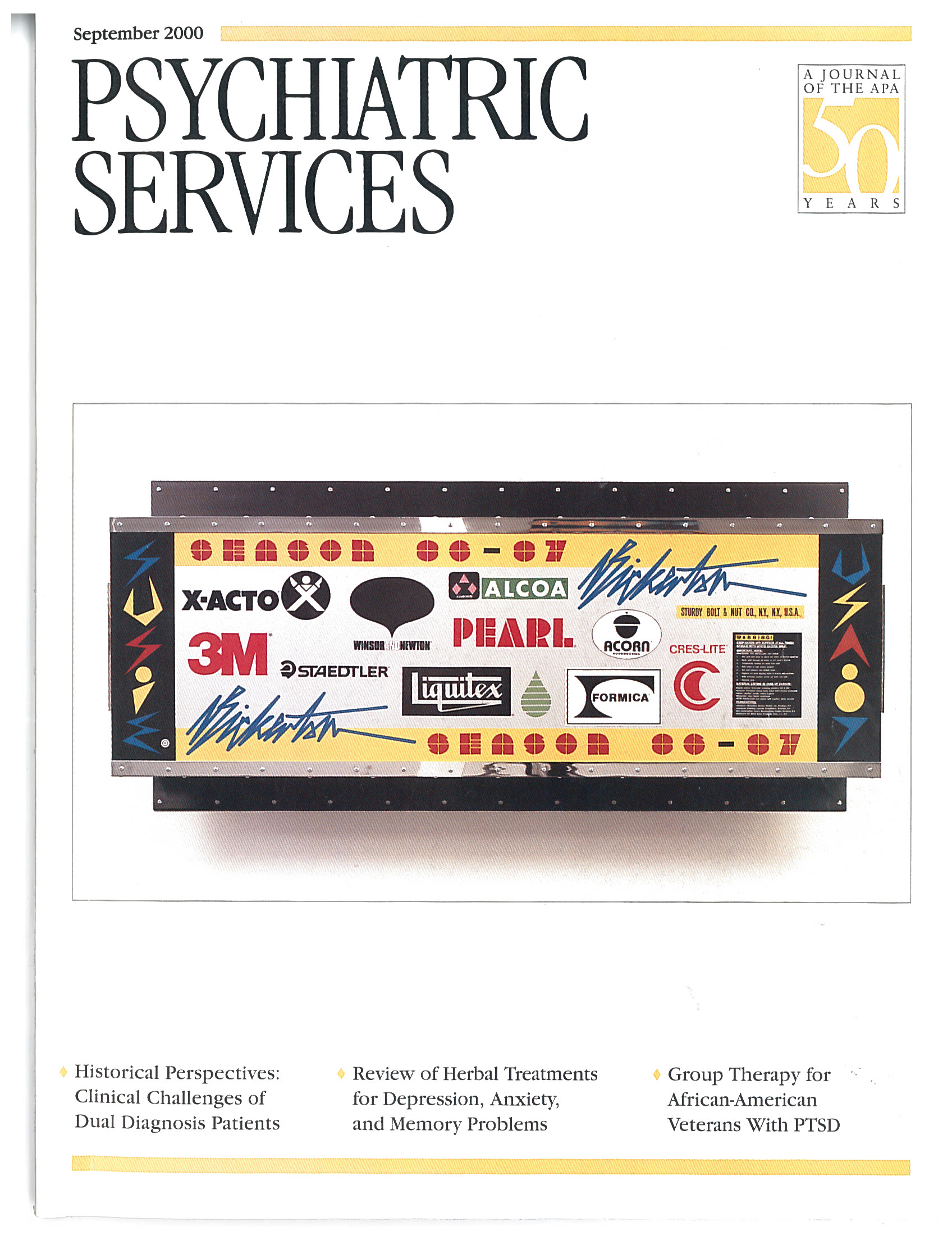Interviewing Children and Adolescents: Skills and Strategies for Effective DSM-IV Diagnosis
It is a pleasure to review this text by Drs. Morrison and Anders. Writing in a field that might be thought to be overworked, the authors offer something different. While the book is user friendly, it offers much of value to both novice and experienced clinician. Through the thoughtful use of clinical vignettes, case discussions, and tables, the authors bring the essentials of diagnostic principles, techniques, and nomenclature to life. The book's format seems to invite and provide a transitional step to future multimedia presentation of the same material.
At a time when managed care pressures encourage many to take shortcuts, the authors rightly emphasize the necessary attention to process, the therapeutic relationship, and developmental issues in obtaining a valid and clinically appropriate diagnosis. At a time of increasing demand for outcome measures and quality indicators, the authors wisely recommend a balance between use of the structured and semistructured instruments known to be useful in clinical research and interactive interview techniques, both directive and nondirective; the latter are considered necessary for understanding the complexity and idiosyncratic quality of each child's experience. Although it is not stated, it is implied that this "less scientific" information is important in developing an individualized treatment plan.
I welcome the authors' attention to process and to the "in-between space" described so eloquently by Winnicott. In addition, attention to context in understanding development and the special focus on "dyadic regulation" and the interactional importance of significant relationships reflect the multisystem approach necessary for comprehensive and relevant diagnostic assessment.
This manual is a well-written refresher and update for seasoned clinicians and an excellent guide for all mental health professionals. The use of multiple presentations, clinical vignettes with actual dialogue and demonstrations of principles, and well-organized and useful outlines, tables, and charts reflects the authors' efforts to keep the practicing clinician in mind. In Interviewing Children and Adolescents the authors have clearly met their goal of providing a highly useful and timely addition to the professional literature on assessment and diagnosis.
Worthy of particular mention is the reworking of DSM-IV diagnostic nomenclature into a child and adolescent format, organizing and simplifying what at times has been an unwieldy document for attempting to formulate child and adolescent diagnoses. Also, the table listing codes for substance-related disorders applicable to child and adolescent age groups is quite helpful.
I noted only one deficiency, which is perhaps more a matter of philosophy than a valid criticism of this work. In the authors' stated emphasis on evaluation of the individual child and adolescent, only superficial attention is given to the dimensions of family systems, family dynamics, and social networks in the evolution and manifestation of individual symptoms and their importance in treatment planning, prognosis, and outcome. Even though full attention to these areas would have expanded this volume considerably, it would have been a welcome enrichment of this excellent book.
Dr. Mawhinney is associate clinical professor in the child psychiatry program at the University of California, San Diego, and medical director of child and adolescent services for Bayview Psychiatric Centers in Chula Vista, California.



